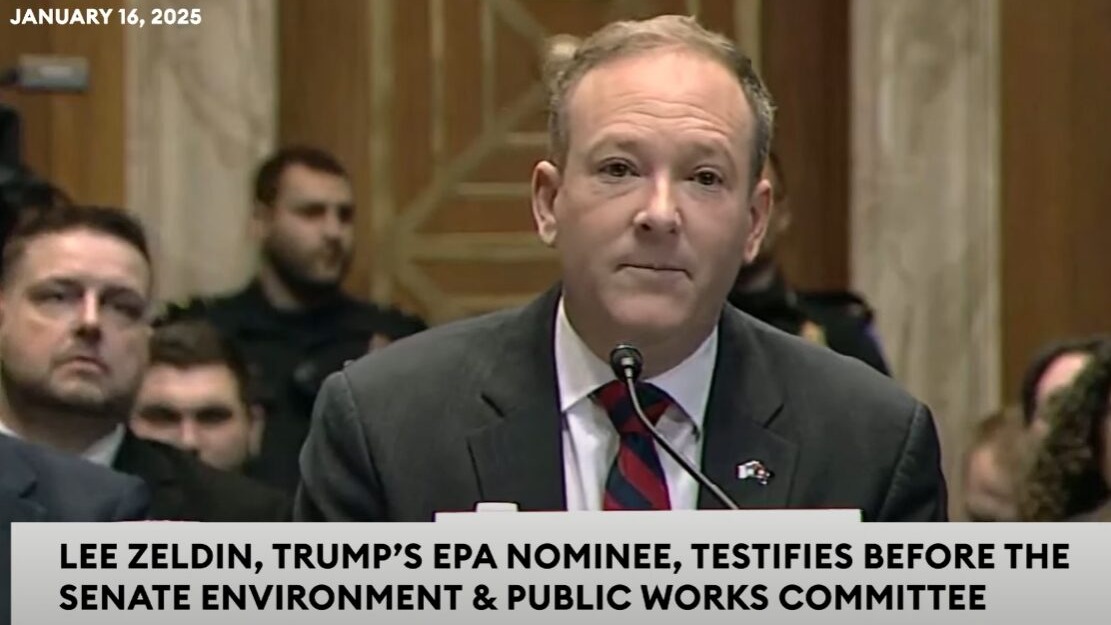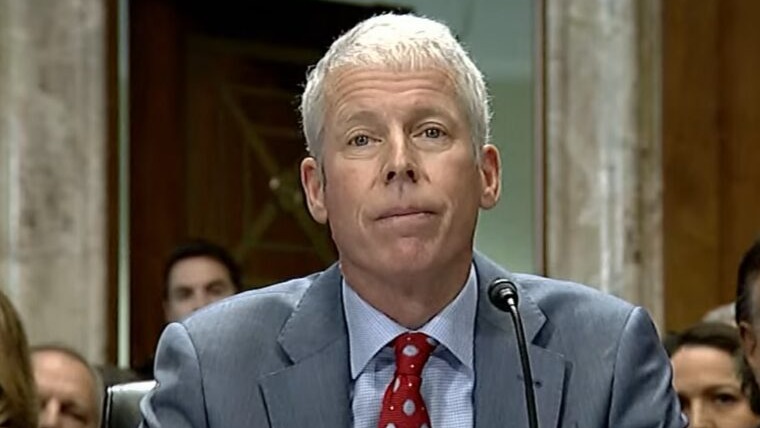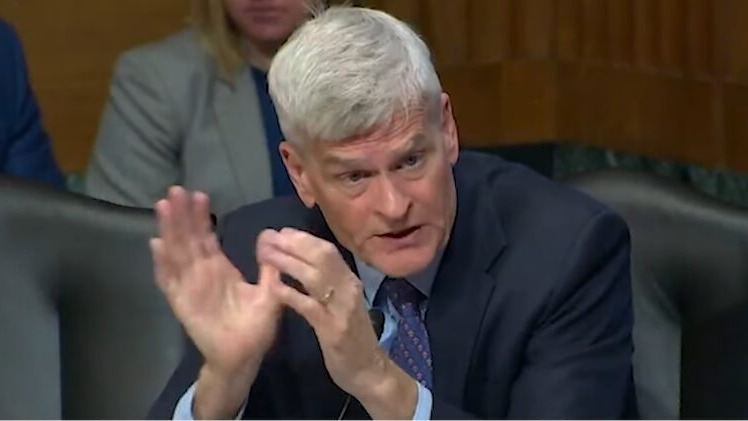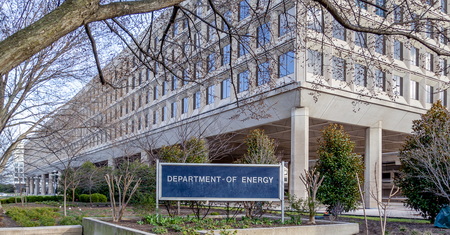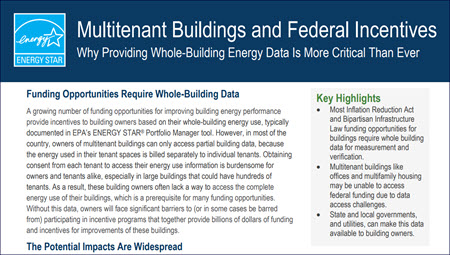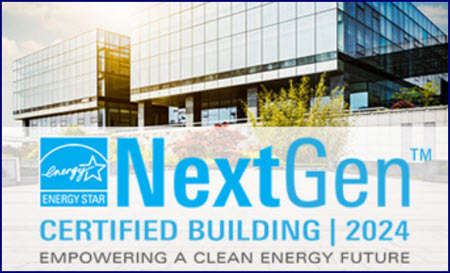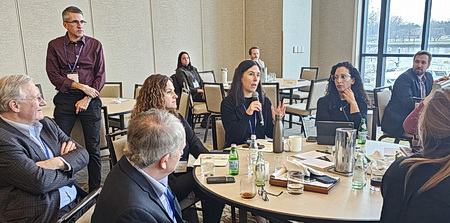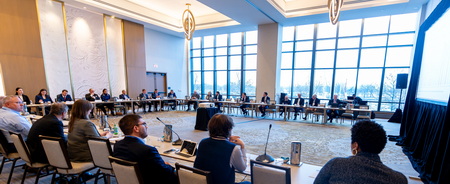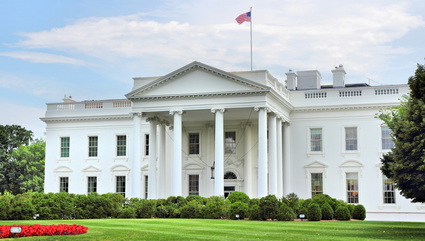
Lawmakers put energy policy under a microscope this week, as Environmental Protection Agency (EPA) Administrator Lee Zeldin appeared before Congress regarding the agency’s FY2026 budget request and addressed concerns over the future of the ENERGY STAR program. Additionally, significant changes to the Inflation Reduction Act’s (IRA) energy tax credits were included in the One Big Beautiful Bill that passed in the House on Thursday morning.
Roundtable Advocacy
- This week, The Real Estate Roundtable (RER) joined a coalition of real estate organizations in writing to key members of the House and Senate committees to urge continued funding for the ENERGY STAR program. (Letter)
- As House appropriators begin drafting FY2026 spending bills, the letter urged committees to maintain funding for ENERGY STAR—highlighting the program’s bipartisan value and pro-business message. (PoliticoPro, May 21)
- The letter emphasized ENERGY STAR’s value as a voluntary, market-based public-private partnership that helps building owners and managers benchmark building performance, reduce utility costs, and bolster grid reliability. (Roundtable Weekly, May 16)
- The coalition letter built upon earlier communications RER and partner organizations sent to the EPA and Department of Energy (DOE) opposing a potential phaseout of the program’s foundational benchmarking platform, Portfolio Manager. (Letters: May 14 and April 4)
Hearings This Week
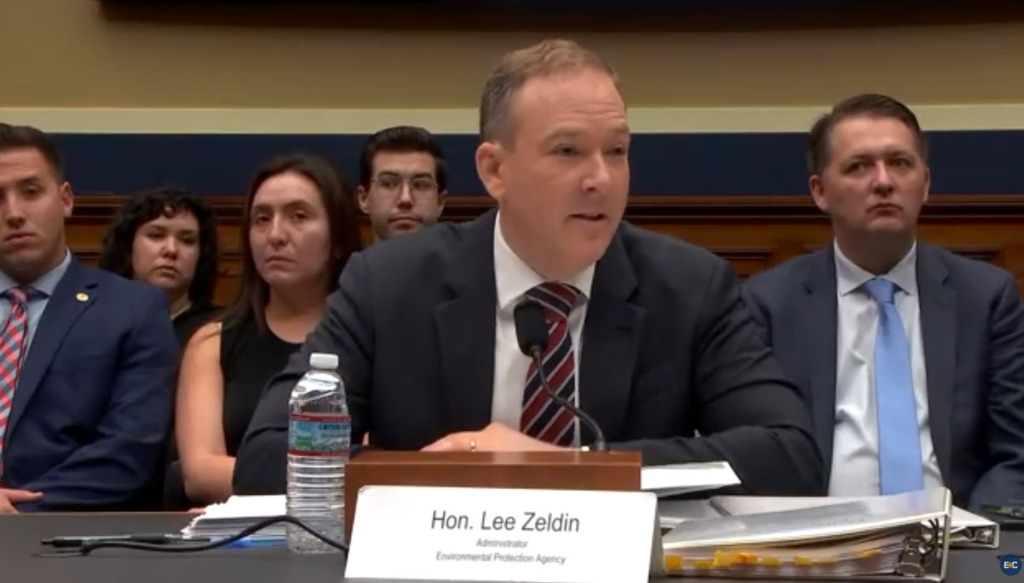
- EPA Administrator Zeldin appeared before the House and Senate panels this week to defend the EPA’s FY2026 budget request. (E&E News, May 21)
- Lawmakers voiced concerns about EPA plans to wind down or defund ENERGY STAR. (Rep. Paul Tonko (D-NY) Press Release, May 20)
- Rep. Darren Soto (D-FL) questioned Zeldin directly about the administration’s plans. In response, Zeldin claimed that ENERGY STAR is not a statutory obligation. (E&E News, May 21). However, the real estate coalition’s letter to Congress this week, cites multiple examples of bipartisan legislation that authorizes ENERGY STAR as a federal program.
- On Thursday, Senators Peter Welch (D-VT) and Jeanne Shaheen (D-NH) led 20 colleagues in a letter to EPA Administrator Lee Zeldin and Energy Secretary Christ Wright, urging the Trump administration to reverse its plan to eliminate the ENERGY STAR program—citing its bipartisan support, billions in consumer energy savings, and nearly 800,000 U.S. jobs it helps sustain. (Sen. Welch Press Release, May 21)
IRA Clean Energy Tax Credits
- The One Big Beautiful Bill Act passed by the House Thursday would end IRA tax incentives for clean energy projects (like solar and storage) earlier than initially proposed. (Bloomberg, May 21)
- Late-night modifications to the bill, accelerate the repeal of the clean energy production (45Y) and investment (48E) tech-neutral credits, limiting their eligibility to only projects that have started construction within 60 days of the bill’s enactment and which are put into service before January 1, 2029. (Utility Dive, May 22)
- The initial version of the bill proposed by House Republicans had a longer phase-out time, which would have allowed many of the IRA’s energy tax credits to remain until 2032. (Bloomberg, May 21)
- The Senate may take a more measured approach. Several Senate Republicans have voiced support for maintaining IRA incentives that bolster U.S. manufacturing, enhance grid reliability, and support domestic clean energy production. (Roundtable Weekly, April 25; Semafor, May 22)
RER supports an “all of the above” energy efficiency, generation, and storage agenda and will continue to engage lawmakers and share member perspectives on effective energy policies that strengthen industry and economic growth.
